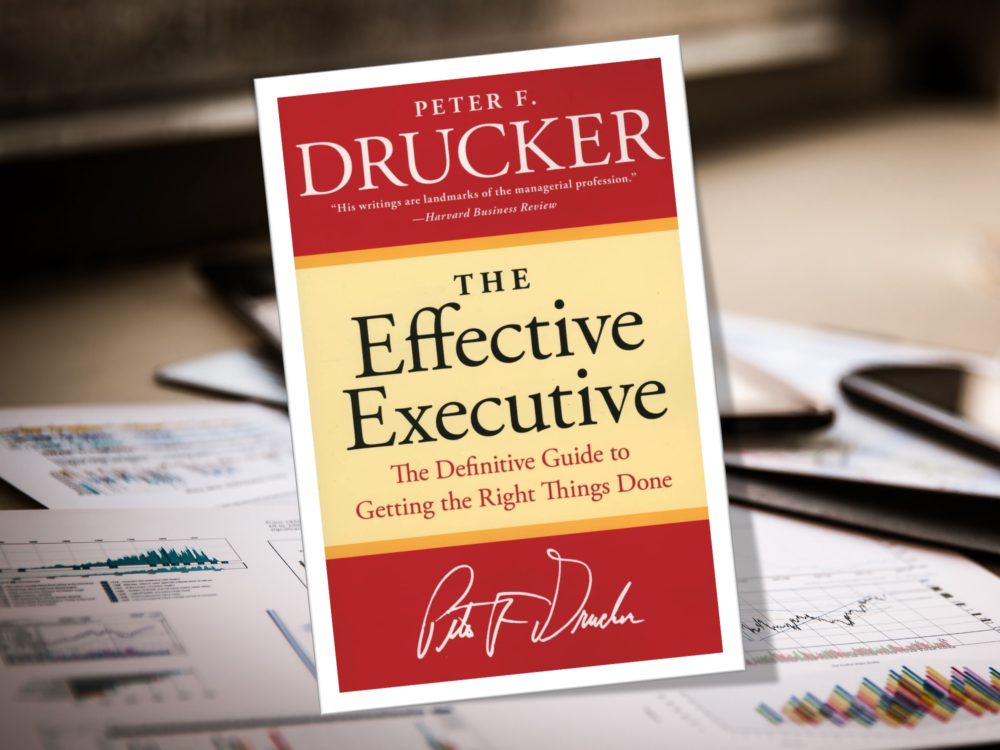Peter F. Drucker’s “The Effective Executive” is a pioneering work in the field of management theory, revered for its timeless insights into the art of effectiveness. Having graced my bookshelf for some time, it was during a tranquil Easter period that I fully absorbed its wisdom in one sitting.
Peter F. Drucker, an Austrian-American management consultant, educator, and author, has been instrumental in shaping contemporary management practices. Born on November 19, 1909, in Vienna, Austria, Drucker fled Nazi Germany for England before eventually settling in the United States. His extensive body of work, which includes the invention of the concept of “management by objectives,” has earned him the title of the “founder of modern management”.
“The Effective Executive,” first published in 1967, remains a cornerstone of management literature. The book is structured into seven distinct parts, each unraveling the components of effectiveness that Drucker insists can be learned and mastered.
1. Effectiveness Can Be Learned: Drucker opens with the optimistic assertion that effectiveness is not an innate attribute but a skill set that can be acquired and honed through practice and discipline.
2. Know Thy Time:Time is a unique resource, and Drucker stresses the importance of time management as a cornerstone of executive effectiveness.
3. What Can I Contribute: Shifting the focus from self-centred productivity to outward contribution, Drucker challenges executives to ask what they can contribute to the organisation’s needs.
4. Making Strength Productive: This part emphasises the need to build on one’s strengths as a pathway to effectiveness, rather than focusing on weaknesses.
5. First Things First: Drucker discusses the art of setting priorities and addressing tasks that significantly impact the organisation.
6. The Elements of Decision-Making: Here, Drucker breaks down the decision-making process into clear, actionable steps, ensuring that decisions are both effective and efficient.
7. Effective Decisions: The final part delves deeper into decision-making, highlighting the importance of clarity, courage, and conviction in making choices that matter.
Drucker’s major findings revolve around the idea that effectiveness is not an innate talent but a set of practices that can be cultivated. He argues that intelligence, imagination, and knowledge are merely resources that become potent only when paired with effectiveness.
Upon its release, “The Effective Executive” was welcomed for its innovative approach to management. However, some contemporary readers have found Drucker’s language and style to be somewhat dated, though the foundational ideas remain relevant. While the core principles of “The Effective Executive” are still applicable, certain aspects, such as the emphasis on the corporate structure of the 1960s, may not align perfectly with today’s dynamic and technology-driven workplaces.
In conclusion, “The Effective Executive” remains a foundational work in management literature. Drucker’s insights into effectiveness as a learned behaviour provide a blueprint for executives seeking to excel in their roles. Despite being published over five decades ago, the principles outlined in the book continue to resonate in today’s business world, offering guidance for those aspiring to make a meaningful impact through their professional endeavours.






